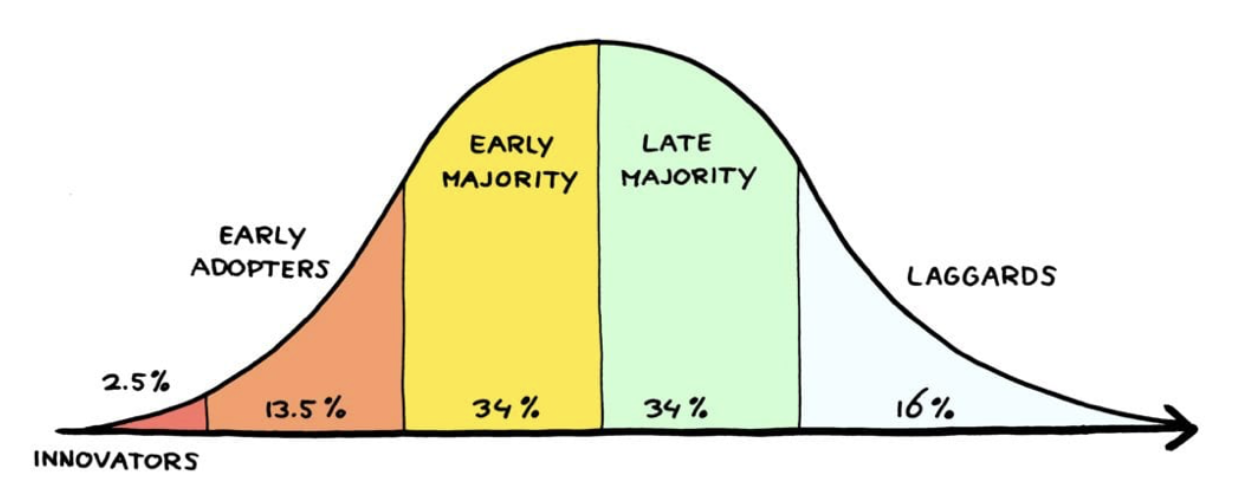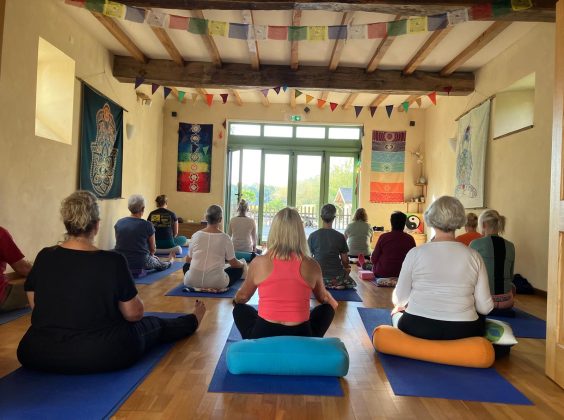
Share article:
Tags:
Following a summer of sport, including the wonder of the Olympics, we have seen daily stories of people doing hard things, pushing through barriers and leaping hurdles (literal and metaphorical).
Clients mostly come to talk to me about complex & messy problems. I notice they are often focused on the barriers: what is hard, what is getting in the way, and the people who are saying “it won’t work” and “can’t be done”. They are feeling the overwhelm of resistance to what they are want to change, which often gives the impression that it is a large and impenetrable group.
They are desperate to know, “how do I tackle this problem?”
Patrick Lencioni argues that if we narrow attention to this barrier, these naysayers we are actually setting ourselves up for failure, “By focusing attention on trying to win over the naysayers… we end up giving them more oxygen than they deserve. Not only does this encourage them, it also provokes the undecided to join the chorus of complainers when they realise that it’s the best way to get the attention of the leader”.
I often talk about making a smart choice; this means applying the “law of diffusion of innovation” popularised by Simon Sinek, which describes the social phenomena of getting products accepted. It advocates not ignoring the naysayers (i.e the laggards) but consciously putting our attention on the people who have energy for the change.

This graph shows the standard bell curve with the usual distribution of people. It show us that innovators and early adopters are the people who “get it” and so rather than focusing on the naysayers (or laggards), look for the people who understand why you are making the change, the advocates that are prepared to try something new, those where their behaviour is already aligned with what you want. They are often less obvious, and so you may need to look carefully to find them.
By finding them you can invite them to co-create the change with you (i.e. how will this help?), you can invest in development to help them to experiment and you can collaborate with them to create quick wins so you can shine a spotlight on these for others to see.
After all, the most influential people in your organisation are the people you speak to every day (at lunch or in a Zoom room). The energy and enthusiasm of the innovators and early adopters will help you to lure the undecided (early majority) into the change idea and why it might be the way to go. Your innovators and early adopters are your change advocates and hence you want to make them as skilled to do this job as effectively as possible.
The benefit of this approach is that those naysayers start to become the exception. Greg Satell argues that the
“best way to convince somebody of something is to surround them with people who hold a different opinion.”
They will either start to get onboard or they will become so uncomfortable they will decide to take their talents elsewhere.
This core principle guides me when I am looking at change.
So what?
As you read this blog, ask yourself:
- Where are you focused on resistance?
- In pausing to think about it, where can you find innovators and early adopters?
- How could you amplify their impact?





